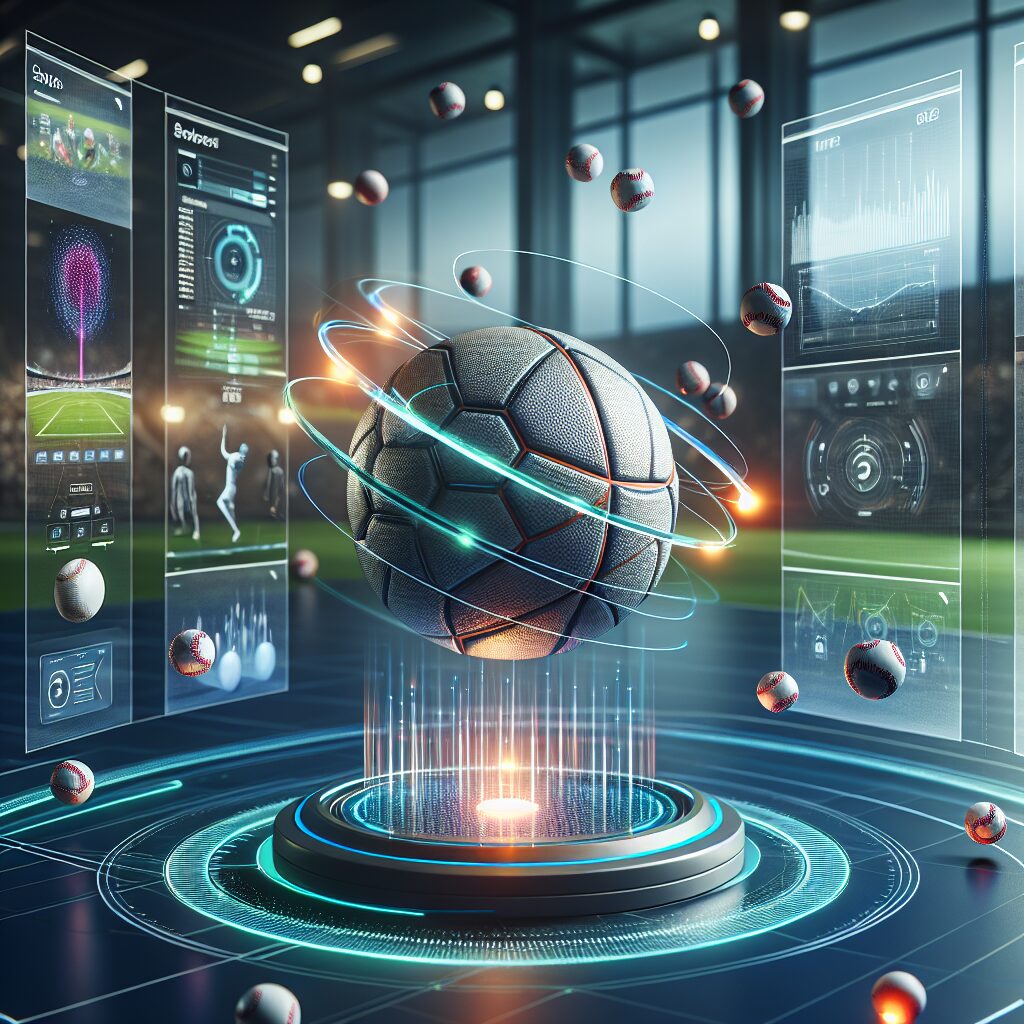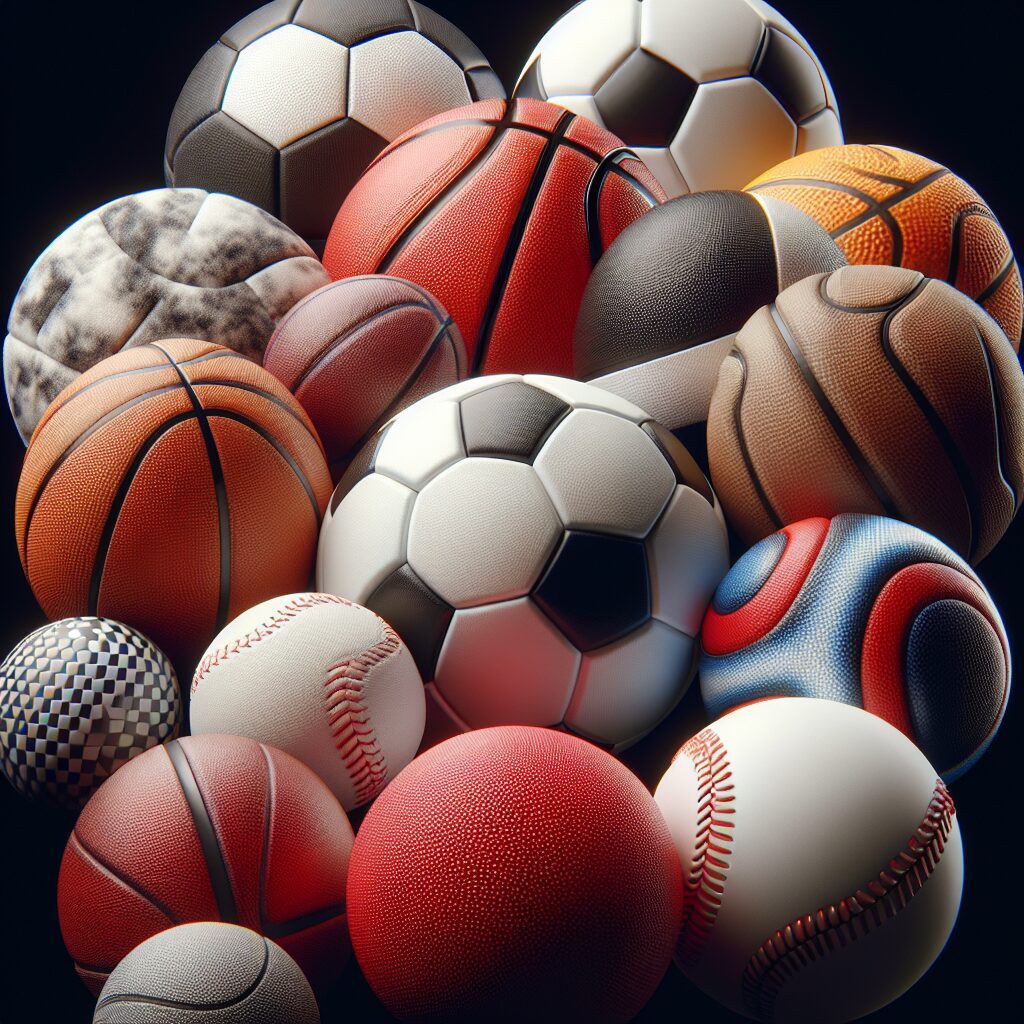Research on Color Psychology: Advancing Ball Design
Color psychology, a fascinating field that explores how colors impact human emotions and behavior, has been gaining importance in various industries, including design and marketing. In the context of ball design, color plays a crucial role in attracting attention, evoking emotions, and creating a memorable experience. From sports balls to children’s toys, understanding the specific impacts and unique features of color psychology on ball design can greatly enhance the overall user experience.
While color preferences may vary among individuals, certain universal effects have been observed in color psychology. For instance, warm colors like red and orange tend to evoke feelings of excitement and energy, making them suitable for sports balls that require high levels of physical activity and adrenaline. On the other hand, cool colors like blue and green are often associated with calmness and relaxation, making them ideal for leisurely activities such as playing with a ball in the park. By strategically incorporating these color associations in ball design, manufacturers and designers can maximize the desired emotional response in users.
Moving forward, this article will delve into the key takeaways from research on color psychology and its advancements in ball design. We will explore the impact of colors on users’ perceptions and preferences, discuss the significance of complementary colors in creating visual harmony, and highlight the importance of considering cultural influences on color symbolism. Through these insights, readers will gain a deeper understanding of how color psychology can be effectively utilized to create visually appealing and emotionally engaging ball designs. So, let’s dive into the world of color psychology and its incredible potential in advancing ball design!
Key Takeaways
1. Color psychology affects the perception and preference of individuals in various fields, including ball design and sports equipment.
2. Research shows that color influences the cognitive and emotional responses of athletes, affecting their performance and motivation.
3. Different colors evoke different emotional and psychological responses. For example, red may enhance arousal and aggression, while blue promotes a sense of calmness and tranquility.
4. The choice of color in ball design can impact not only the perception and response of athletes but also the perception of the game itself by spectators.
5. The findings of color psychology research can guide sports manufacturers and designers in creating more effective and aesthetically appealing sports equipment, leading to improved athlete performance and spectator experience.
How does Research on Color Psychology Advance Ball Design?
The Influence of Color on Human Perception
The field of color psychology explores the impact of different colors on human perception and behavior. Numerous studies have shown that colors can evoke specific emotions and reactions, making color an important factor to consider in ball design. By understanding the psychological effects of colors, designers can strategically utilize them to enhance the overall performance and aesthetics of balls.
Color Associations and Symbolism
Colors often have cultural and contextual associations that influence how they are perceived. For example, red is commonly associated with energy, passion, and intensity, while blue is linked to calmness, trust, and stability. By incorporating colors with specific associations and symbolism into ball design, manufacturers can evoke desired emotions and align with the intended purpose of the ball, whether it be for competitive sports, leisure activities, or educational purposes.
Color Schemes and Visual Hierarchy
Choosing an effective color scheme is crucial in ball design. Different color combinations and arrangements can create varying levels of visual hierarchy, guiding the viewer’s attention and enhancing the overall visual appeal. Whether it’s contrasting colors for visibility during play or harmonious color schemes for a pleasing aesthetic, understanding color theory can help designers create visually impactful balls.
Color and Branding
Color plays a critical role in branding and product recognition. By selecting colors that align with the brand’s identity, values, and target audience preferences, ball manufacturers can strengthen their brand image and create a memorable product. Consistency in color choices across different ball models or product lines can also reinforce brand recognition and loyalty.
Analyzing User Feedback and Preferences
To truly advance ball design through color psychology research, it is essential to analyze user feedback and preferences. Conducting surveys, focus groups, or utilizing online platforms to gather data on user perceptions and preferences can help manufacturers make informed decisions about color choices in ball design. This approach ensures that the final product meets the needs and expectations of the intended users, maximizing its effectiveness.
Applying Color Psychology to Different Ball Types
When considering advancing ball design, it is crucial to take into account the specific characteristics and purposes of different ball types. Colors that may work well for a soccer ball, for instance, may not necessarily be suitable for a golf ball. Designers should adapt their color choices based on the intended use, playing environment, and user demographics for each ball type, ensuring optimal performance and user satisfaction.
Maximizing Impact through Technology and Innovation
Advancements in technology and materials offer exciting opportunities to further enhance ball design with color psychology research. By exploring new techniques like color-changing properties, reactive coatings, or even integrating interactive light displays into balls, designers can create innovative experiences that engage users on a whole new level. Staying updated with technological advancements can help manufacturers stay at the forefront of ball design and create products that are both visually appealing and technologically impressive.
Conclusion:
- How can designers effectively incorporate color psychology into ball design?
- What are the key considerations when selecting color schemes for different ball types?
- What role does user feedback and preferences play in advancing ball design using color psychology?
- How can technology and innovation be leveraged to maximize the impact of color psychology in ball design?
- What are the potential challenges or limitations in applying color psychology research to ball design?
FAQ
1. What is color psychology?
Color psychology is the study of how colors can affect human behavior, emotions, and perceptions. It explores how different colors can evoke specific responses and influence our mood and decision-making.
2. How does color psychology apply to ball design?
In ball design, color psychology can be utilized to create a more effective and appealing product. By understanding the psychological impact of colors, designers can choose ball colors that enhance performance, increase visibility, or evoke specific emotions in players.
3. Can specific colors improve performance in sports?
While there is no one-size-fits-all answer, certain colors can have a positive impact on performance in sports. For example, vibrant and energetic colors like red or orange may promote a sense of excitement and motivation, while calming colors like blue or green can promote focus and concentration.
4. Are there any colors that should be avoided in ball design?
Colors that are too bright or too dull can hinder visibility and make it difficult for players to track the ball. Additionally, using colors that clash with the playing surface or the surroundings may create distractions. It is essential to consider these factors when selecting colors for ball design.
5. Can color psychology influence consumer preferences?
Absolutely. Research has shown that color has a significant impact on consumer behavior and purchasing decisions. By understanding the psychological associations of different colors, ball designers can create products that appeal to their target audience and potentially gain a competitive edge in the market.
6. Does color psychology vary across different cultures?
Yes, color associations and meanings can vary across cultures. For example, while white may symbolize purity and innocence in Western cultures, it can represent mourning in certain Asian cultures. It is crucial to consider the cultural context when designing balls for international markets.
7. Can color psychology be applied to different sports?
Yes, color psychology can be applied to various sports. Each sport has its unique requirements and objectives, and the appropriate use of colors can enhance player performance and overall experience. It is important to understand the specific sport and its target audience when applying color psychology to ball design.
8. Are there any drawbacks to using color psychology in ball design?
One potential drawback is that individual preferences and associations with certain colors can vary. While certain colors may generally evoke specific emotions or reactions, it may not be universally true for all players. Additionally, color preferences and trends can change over time, requiring designers to stay updated and adapt accordingly.
9. Is color psychology solely based on personal interpretation?
No, color psychology is not solely based on personal interpretation. While personal experiences and cultural factors can influence individual associations with colors, extensive research has been conducted to identify common psychological responses to specific colors. These findings serve as a foundation for applying color psychology in various contexts, including ball design.
10. How can color psychology contribute to the success of a ball design?
Understanding color psychology allows designers to make informed decisions about color selection that align with the intended objectives of the ball design. By choosing colors that enhance performance, evoke desired emotions, and resonate with the target audience, a ball design is more likely to be successful in terms of usability, market appeal, and achieving its intended goals.
Final Thoughts
Research on color psychology in advancing ball design has unlocked a fascinating world of possibilities. By harnessing the psychological power of color, designers can optimize ball performance, create more engaging products, and cater to the diverse preferences and needs of athletes. This field of study constantly evolves as new research emerges, enabling designers to discover innovative ways to enhance the connection between color and human behavior in the realm of sports.
Ultimately, integrating color psychology into ball design is not merely about aesthetics but also about achieving functional and psychological advantages. By carefully considering the impact of colors on players’ performance, focus, and emotions, designers can contribute to a more engaging and satisfying sports experience, while potentially gaining a competitive edge in the market. The future of advancing ball design lies in understanding and utilizing the intricacies of color psychology to create game-changing innovations.




